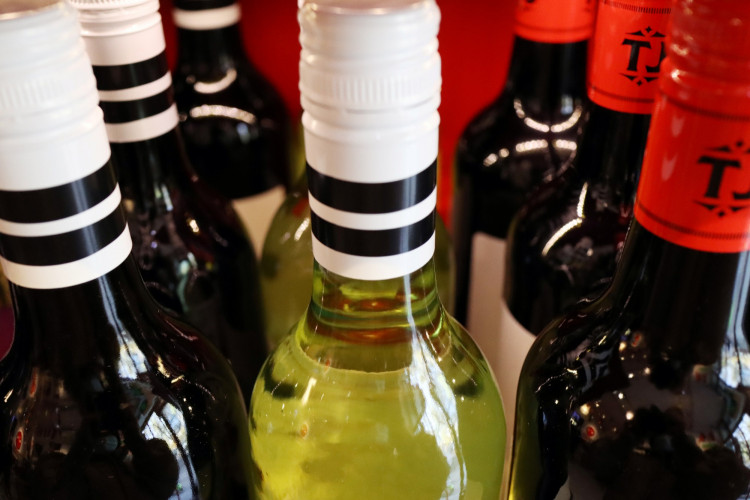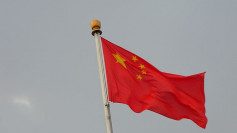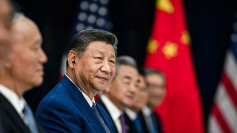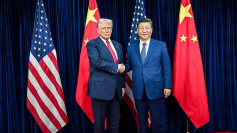The edge of the Gobi desert is set to become China's own version of France's Bordeaux.
A new Bloomberg report has revealed China will open a pilot zone in the region to attract foreign and domestic investors to establish wine production, as well as research and training facilities.
Since the early 1980s, the Ningxia region has had a wine industry on the eastern foothills of the Helan Mountains. The province, which is located at a close latitude to the Bordeaux region in France, has more than 200 vineyards with an annual production of 130 million bottles, or one-quarter of the country's output, according to Zhao Yongqing, a vice-governor of the region, at a news conference in Beijing.
However, local companies have been unable to keep up with shifting consumer tastes and their need for varied types and quality of wine. Domestic wine sales have been losing ground to overseas brands, which have expanded their market share over the last five years, according to Li Tangbing, an official with the Ministry of Industry and Information Technology.
According to Sui Pengfei, an agriculture ministry official, China will shortly increase the province's grape-growing area and aim toward a production value of more than 200 billion yuan (S$41 billion) by 2035, so that the region will become "globally influential" in the international wine industry. The move will also benefit local grape-growing farmers.
Wine may be regarded primarily as a Western beverage, but the Chinese are drinking and producing it in greater amounts, with bottles from France, Italy, Argentina and Chile appearing on store shelves on a regular basis.
China has become the world's sixth-largest consumer, drinking 1.24 billion liters per year, but per capita consumption is just around a fifth of the global average.
"There is a huge potential market," Sui said.






